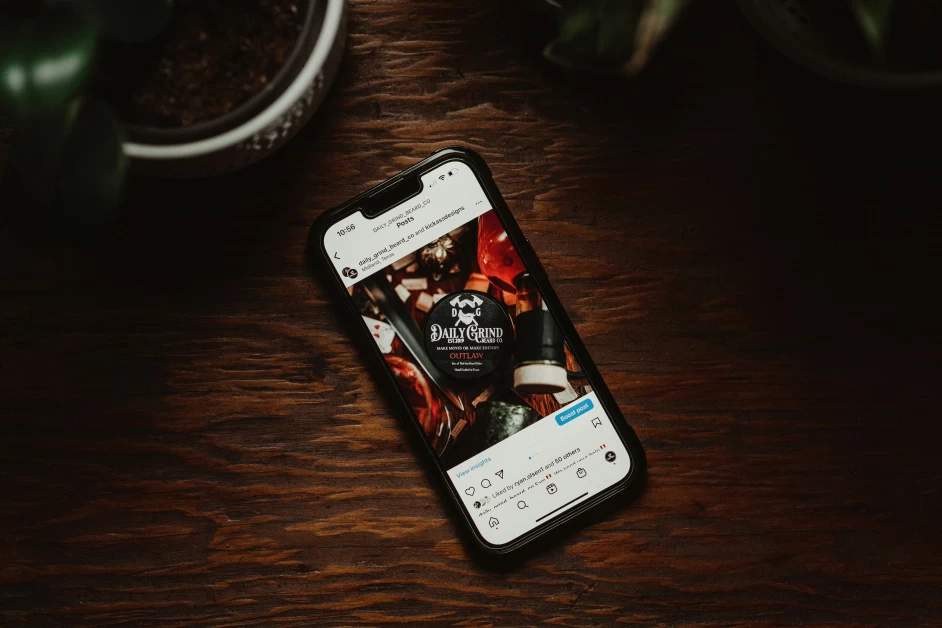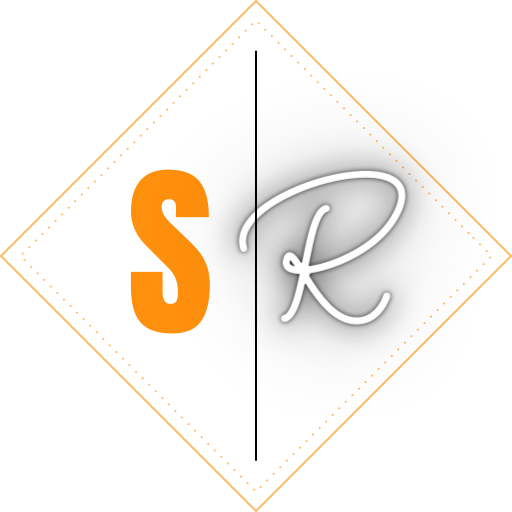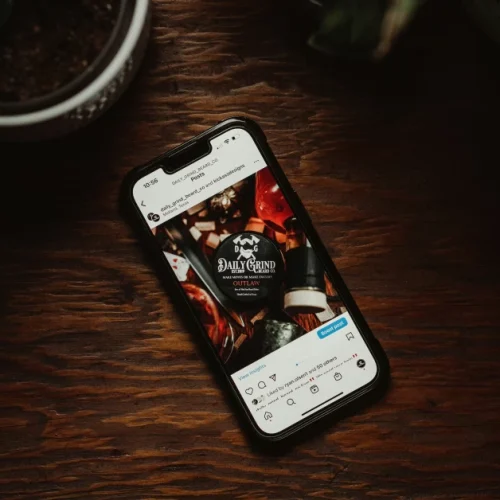Table of Contents
Facebook engagement is a critical factor in determining the success of your social media strategies. It not only measures the effectiveness of your content but also helps in building a loyal community and increasing brand visibility. In this article, we will discuss how to calculate your Facebook engagement rate and provide tips on how to increase engagement on the platform.
Calculating Your Facebook Engagement Rate
Calculating your Facebook engagement rate is a simple process that involves a few steps:
Step 1: Collect Engagement Data
Start by collecting the total number of likes, comments, and shares your content has received over a specific period. This data will help you determine the level of engagement your content is generating.
Step 2: Aggregate Engagement
Next, add up the total number of likes, comments, and shares to find the overall engagement figure. This will give you a clear picture of the total engagement your content has received.
Step 3: Normalize Against Followers
To calculate the engagement ratio, divide the total engagement number by the total number of followers on your Facebook page. This will help you determine the level of engagement relative to the size of your audience.
Step 4: Convert to Percentage
Finally, multiply the engagement ratio by 100 to express your engagement rate as a percentage. This percentage represents the level of engagement your content is generating in relation to your total number of followers.
Understanding Facebook Engagement Rate
Facebook engagement rate provides valuable insights into how your content is resonating with your audience. It not only measures the effectiveness of your social media strategies but also helps you refine your content to foster better engagement and build a loyal community.
Why Engagement Rate Matters
A high engagement rate is indicative of content that not only reaches your audience but also prompts action. This level of engagement is crucial for amplifying brand visibility on Facebook. The platform’s algorithm favors content with higher engagement, which can potentially increase your organic reach and, in turn, your brand’s influence and conversion opportunities.
Real-World Application: A Case Study
Let’s consider a hypothetical company called “EcoFriendly Products” that has a strong commitment to sustainability and boasts 10,000 followers on Facebook. Over the course of one week, their engaging content receives 500 likes, 200 comments, and 300 shares.
To calculate their engagement rate, we can use the following formula:
Engagement Rate = (Total Engagement / Total Followers) * 100
Using this formula, the engagement rate for “EcoFriendly Products” would be:
[(500 + 200 + 300) / 10,000] * 100 = 10%
Elevating Your Engagement Rate
Increasing your Facebook engagement rate requires a strategic approach and attention to detail. Here are some tips to help you increase engagement on the platform:
1. Content Excellence
To increase engagement, prioritize creating content that is not only relevant and valuable but also tailored to the interests and needs of your audience. By providing valuable information or entertainment, you can capture their attention and encourage them to engage with your content.
2. Engage Actively
Foster a sense of community by encouraging dialogue through interactive posts and by being responsive to comments and messages. Engage with your audience and make them feel heard and valued. This will not only increase engagement but also build a loyal fan base.
3. Timing is Key
Post your content when your audience is most active to maximize visibility and engagement. Use Facebook Insights or other analytics tools to identify the peak times when your audience is online. By posting at the right time, you increase the chances of your content being seen and engaged with.
4. Embrace Visuals
Utilize compelling visuals and videos to grab attention and boost interaction. Visual content tends to perform better on Facebook as it is more eye-catching and engaging. Experiment with different types of visuals, such as images, infographics, and videos, to see what resonates best with your audience.
5. Analyze and Adapt
Regularly review your engagement metrics to understand what works and refine your strategy accordingly. Use Facebook Insights to analyze the performance of your posts and identify patterns or trends. By understanding what content generates the most engagement, you can create more of it and optimize your approach.
Using Google Sheets as a Calculation Tool
If you prefer to use Google Sheets to calculate your Facebook engagement rate, follow these steps:
- Input the total engagement (sum of likes, comments, and shares) in cell A1.
- Enter the total number of followers in cell A2.
- Apply the formula =(A1/A2)*100 in cell A3 to get the engagement rate percentage.
Considering the Limitations
It’s important to note that Facebook engagement rate has some limitations. Here are a few key considerations:
1. Scope
Engagement rate doesn’t capture all forms of audience interaction, such as views or passive content consumption. It primarily focuses on likes, comments, and shares, which may not reflect the complete level of engagement with your content.
2. Context
Engagement rates can vary significantly across different industries and content types, making universal benchmarks challenging. It’s important to consider the context of your industry and audience when evaluating your engagement rate.
Knowing When to Utilize Engagement Rate
Engagement rate is particularly useful when evaluating content strategies, gauging campaign effectiveness, or benchmarking against competitors. It provides valuable insights into the level of engagement your content is generating and helps you make informed decisions to improve your social media presence.
In conclusion, increasing engagement on Facebook requires a strategic approach that involves creating valuable content, fostering a sense of community, posting at the right time, utilizing visuals, and analyzing your metrics. By following these tips and consistently monitoring your engagement rate, you can enhance your brand’s visibility and build a loyal and engaged audience on Facebook.







